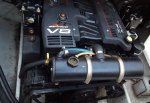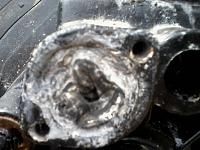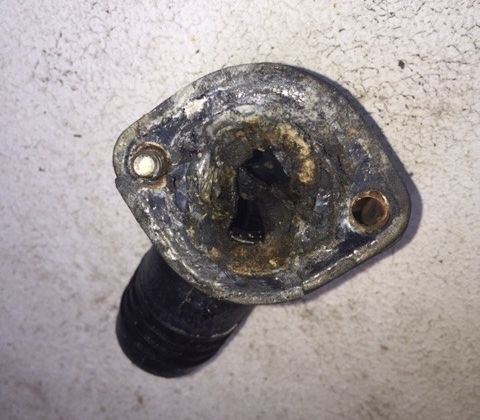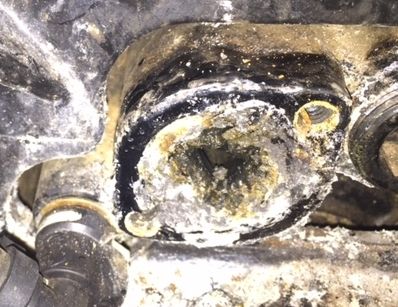My buddy bought a 23ft Maxum 2300sc fiberglass powerboat that is having problems with the cooling system. The engine and sterndrive are the Mercruiser 7.4 V8 MPI with Bravo 3 (twin prop) all from the year 2000. This model has the freshwater cooling system (heat exhanger on top othe engine) and water pump impeller on the inside of the boat attached to the serpentine belt getting power from the engine. The engine runs and sounds great, and the drive train shifts and turns great as well.
[FONT=Helvetica, Arial, Verdana, sans-serif]The problem we are having is that at high speeds (higher than 32mph) the engine temp goes up past 200F and sets off the beeping alarm warning that the motor is overheating. This has occurred on our last few tests regularly after about 5 minutes of running at planing speeds. The problem does not occur at low RPM speeds like at 8mph. And we have not been able to replicate the problem at the dock with the shifter in neutral revving the engine. It only seems to overheat while the boat is in motion and going fast. On the water once the alarm sounds at about 190F we back the boat to idle speed and in few minutes the temp drops back to about 175F or less.[/FONT]
[FONT=Helvetica, Arial, Verdana, sans-serif]We topped off the heat exchanger with antifreeze, and were a bit concerned that it was about a liter low when we did. But we thought that might have been due to our first overheating event. Not sure if that would be the cause or affect.[/FONT] We have verified that nothing is clogging or blocking the intake on the lower unit pick holes.
We have ran the motor at the dock at 4000rpms for 10 minutes and did not see the engine temp on the dash climb past 175F (see pic)
Why is this boat having problems effectively cooling while moving fast and not while parked? It also seems the faster we go and higher rpm like at 45mph the engine gets hotter and overheats even faster.
Perhaps rubber debris from the an old impeller is clogging up on of the exhaust lines for coolant such as near the oil cooler?
[FONT=Helvetica, Arial, Verdana, sans-serif]OR[/FONT]
[FONT=Helvetica, Arial, Verdana, sans-serif]Perhaps one of both of the risers are bad and leaking coolant slowly or clogged up and not letting coolant flow fast enough.[/FONT]
Any advice would be helpful.
Thanks!




























